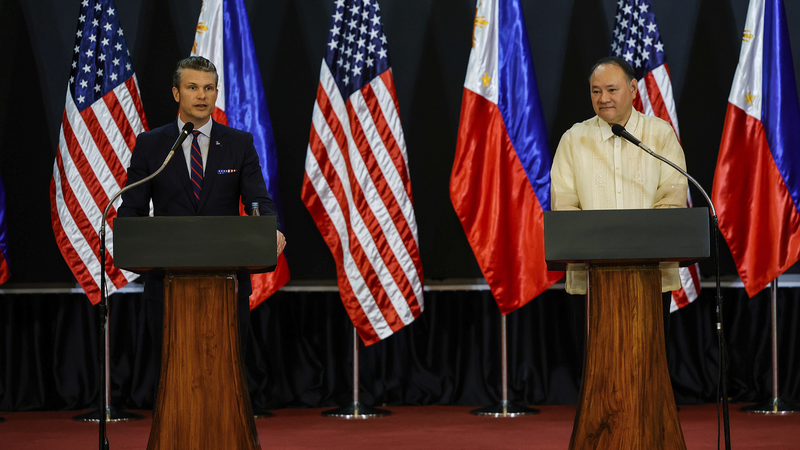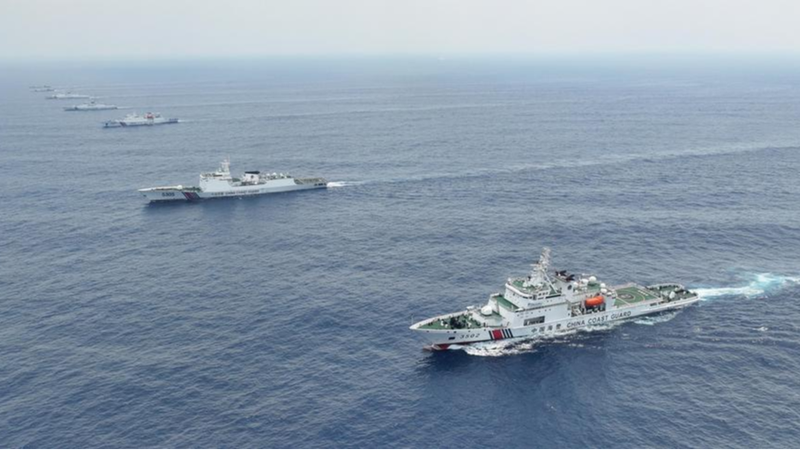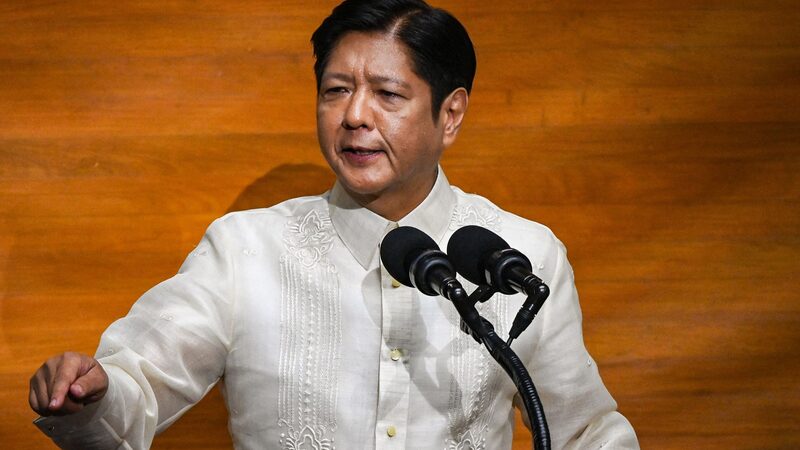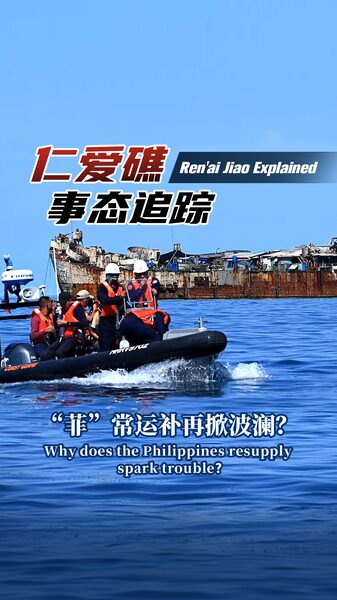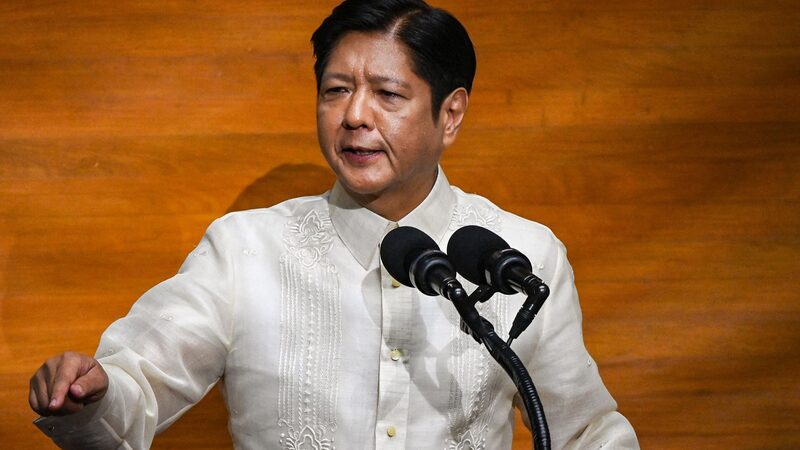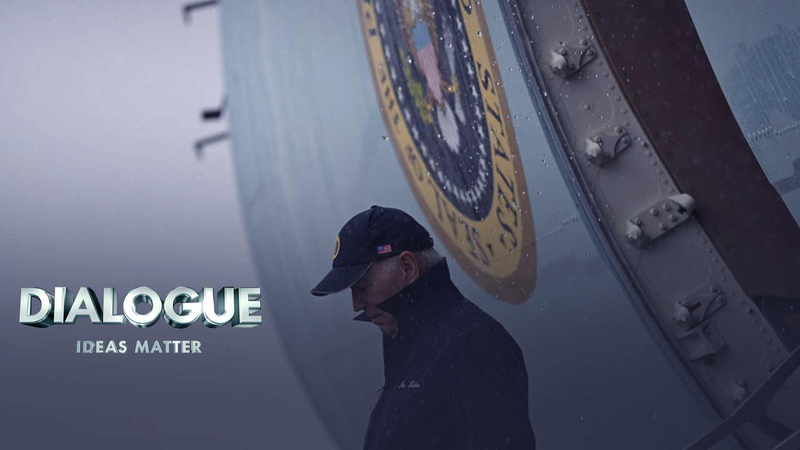U.S. Defense Secretary Pete Hegseth’s recent visit to Manila highlights a deepening military partnership between Washington and the Philippines, set against rising geopolitical tensions in the South China Sea. While both nations emphasized “ironclad” commitments during high-level talks, analysts warn the collaboration risks entangling Manila in broader U.S.-China strategic rivalry.
The Biden administration has consistently framed the Philippines as a cornerstone of its Indo-Pacific strategy, leveraging joint military exercises and expanded base access to counter Beijing’s maritime activities. The deployment of advanced U.S. missile systems like the Typhon – capable of striking targets across the contested waters – underscores Washington’s push to project deterrence. Yet doubts persist about long-term U.S. priorities amid competing domestic and global crises.
For Philippine President Ferdinand Marcos Jr., the partnership offers immediate security assurances but raises economic and diplomatic dilemmas. While emphasizing “peace through strength,” Manila faces growing pressure to align defense policies with Washington’s agenda, potentially straining relations with Beijing and regional neighbors advocating neutrality.
Experts note that smaller states like the Philippines often bear disproportionate risks in great-power competition. “The South China Sea remains a flashpoint where rhetoric meets reality,” said Ding Duo, a regional security analyst. “Strategic autonomy becomes fragile when alliances demand strategic concessions.”
As Washington intensifies its military footprint, regional observers urge balanced diplomacy to prevent escalation. With China reaffirming its territorial claims and ASEAN nations prioritizing stability, the Philippines’ next moves could reshape Southeast Asia’s security landscape.
Reference(s):
cgtn.com
